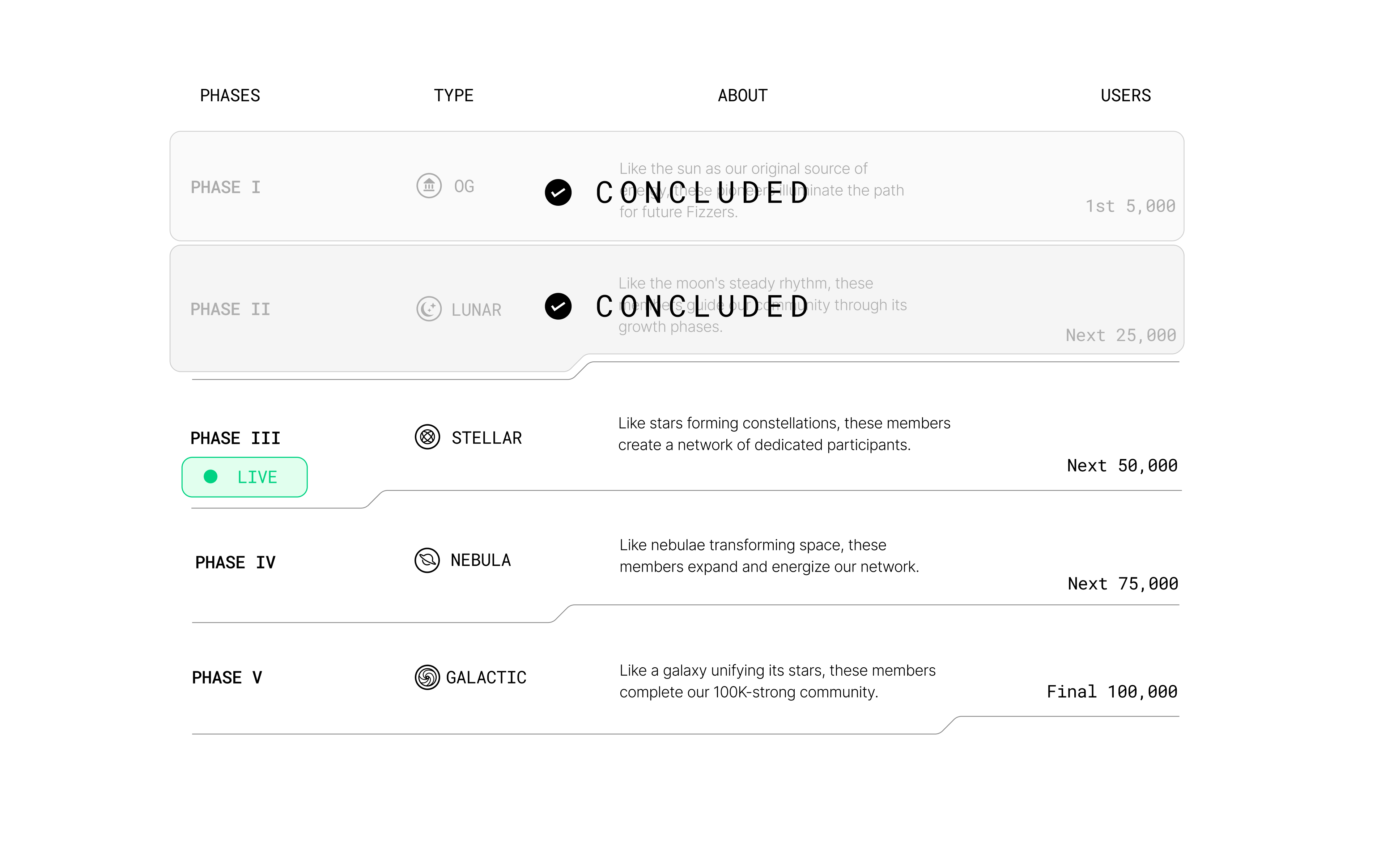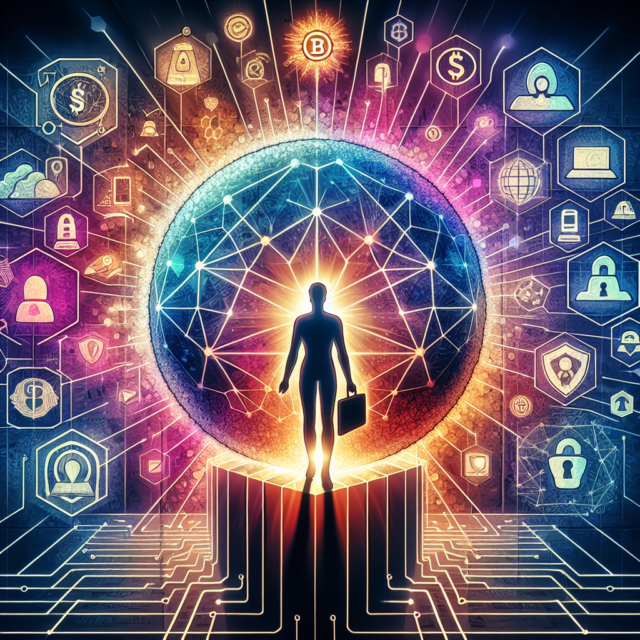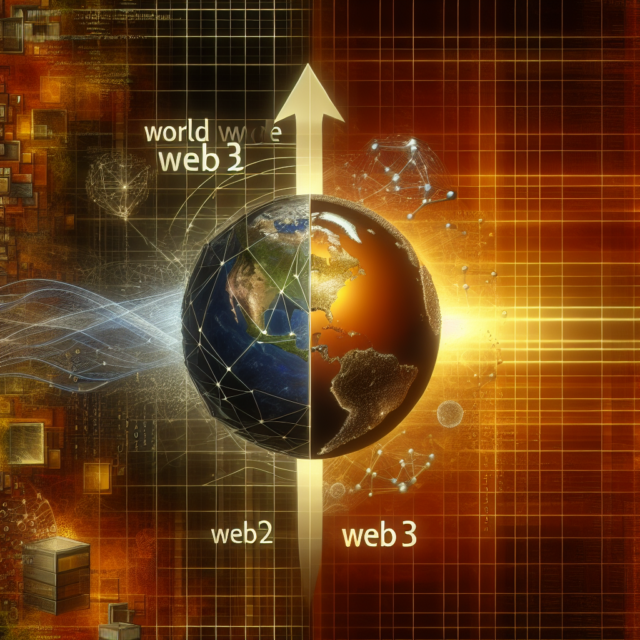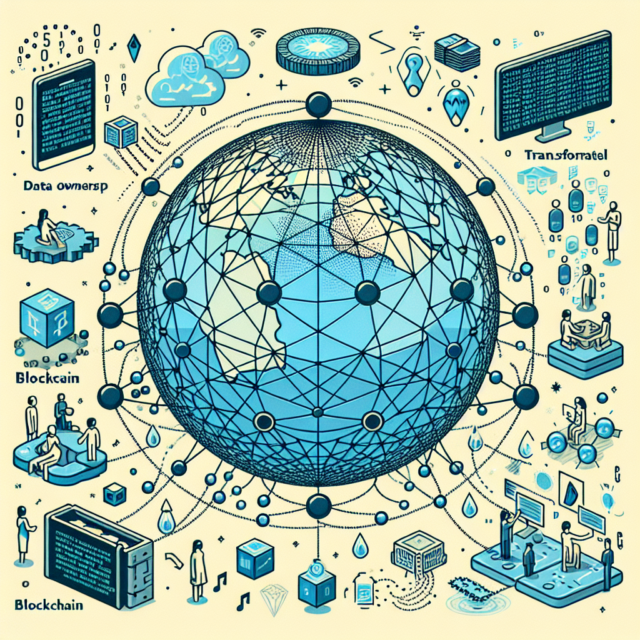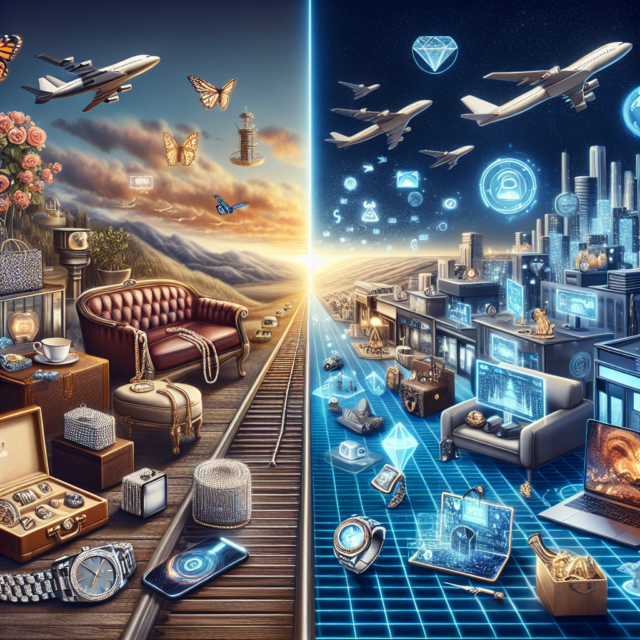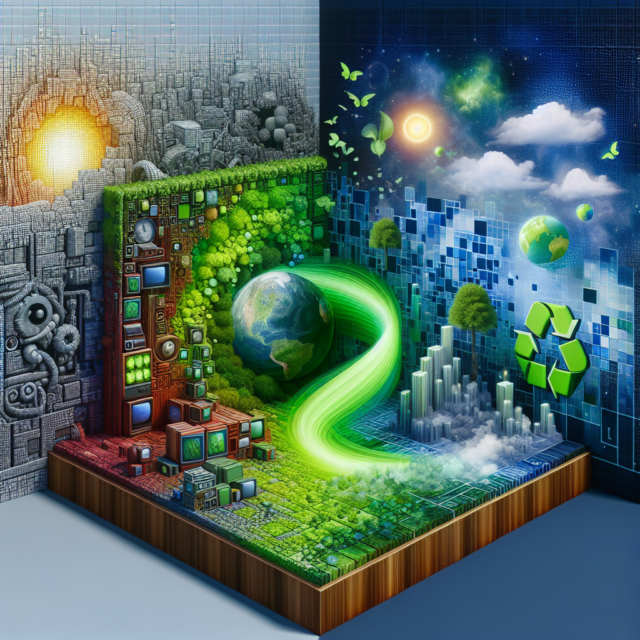In recent years, the digital world has been undergoing a profound transformation, characterized by the emergence of Web3. This new internet paradigm promises to reshape how we interact, transact, and create value online. At its core, Web3 leverages decentralized technologies to empower users, ensure privacy, and foster innovation. As we delve into this transformative landscape, several key areas stand out as particularly promising: Decentralized Finance (DeFi), blockchain technology innovations, and the burgeoning metaverse. This article explores these emerging opportunities and the challenges they present.
Unraveling the Potential of Decentralized Finance
Decentralized Finance, or DeFi, represents a seismic shift in the financial sector, challenging traditional systems by leveraging blockchain technology to create open, transparent, and permissionless financial services. Unlike conventional financial institutions, DeFi operates without intermediaries, allowing users to engage in peer-to-peer transactions. This democratization of finance opens up opportunities for millions of unbanked individuals worldwide, granting them access to financial services that were previously out of reach.
One of the most compelling aspects of DeFi is its ability to offer financial products that are not bound by geographical limitations. This global accessibility is facilitated by smart contracts, which automate and enforce agreements without the need for human intervention. As a result, DeFi platforms can offer services such as lending, borrowing, and trading with greater efficiency and lower costs than traditional financial systems.
However, the rapid growth of DeFi has not been without challenges. Security remains a significant concern, as smart contract vulnerabilities and hacking incidents have led to substantial financial losses. Consequently, developers and stakeholders are increasingly focused on enhancing security measures and fostering a robust regulatory framework to protect users and ensure the integrity of DeFi ecosystems.
Despite these challenges, the DeFi sector continues to innovate at a breathtaking pace. Yield farming, liquidity mining, and decentralized exchanges (DEXs) are just a few examples of the innovative financial instruments that have emerged within the DeFi space. These innovations not only provide users with new ways to earn returns on their assets but also contribute to the overall liquidity and stability of the DeFi ecosystem.
Moreover, the integration of DeFi with other Web3 technologies is creating synergies that drive further growth. For instance, the convergence of DeFi and Non-Fungible Tokens (NFTs) is unlocking new possibilities for asset tokenization and collateralization. As these technologies continue to evolve, DeFi is poised to become an integral component of the global financial system, offering unprecedented opportunities for innovation and inclusion.
In conclusion, DeFi is a dynamic and rapidly evolving sector that holds immense potential for transforming the financial landscape. By addressing security concerns and fostering regulatory clarity, the DeFi ecosystem can continue to thrive, offering users a more inclusive, efficient, and transparent financial future.
Innovations Driving the Growth of Blockchain Technology
Blockchain technology is the backbone of the Web3 revolution, providing the infrastructure necessary for decentralization, transparency, and security. Since its inception, blockchain has been synonymous with cryptocurrencies like Bitcoin. However, recent innovations are expanding its applications far beyond digital currencies, paving the way for a multitude of use cases across various industries.
One of the most significant innovations in blockchain technology is the development of Layer 2 solutions. These solutions aim to address the scalability issues inherent in Layer 1 blockchains like Ethereum, enabling faster and cheaper transactions. By offloading transactions from the main chain, Layer 2 solutions such as Optimistic Rollups and zk-Rollups are enhancing the usability of blockchain networks and fostering greater adoption.
Another groundbreaking development is the rise of interoperability protocols. As the blockchain ecosystem grows, the need for seamless communication between different networks becomes increasingly important. Interoperability protocols, such as Polkadot and Cosmos, are designed to facilitate cross-chain interactions, allowing assets and data to move freely between disparate blockchain networks. This interconnectedness is crucial for realizing the full potential of Web3, enabling a more cohesive and integrated digital landscape.
Furthermore, advancements in consensus mechanisms are driving the evolution of blockchain technology. The transition from energy-intensive Proof of Work (PoW) to more sustainable Proof of Stake (PoS) mechanisms is reducing the environmental impact of blockchain networks while enhancing their security and efficiency. These improvements are critical for ensuring the long-term viability and scalability of blockchain technology.
The proliferation of decentralized applications (dApps) is another testament to the innovative spirit driving the blockchain space. From supply chain management to digital identity verification, dApps are leveraging blockchain’s unique properties to create solutions that are both efficient and transparent. As the number and variety of dApps continue to grow, blockchain technology is poised to disrupt traditional industries and redefine how we interact with digital services.
Finally, the integration of artificial intelligence (AI) with blockchain is opening up new avenues for innovation. By combining the predictive power of AI with the transparency and security of blockchain, developers are creating intelligent systems that can automate complex processes and enhance decision-making. This synergy has the potential to revolutionize sectors such as finance, healthcare, and logistics, offering new efficiencies and capabilities.
In summary, the innovations driving the growth of blockchain technology are laying the foundation for a new digital era. By addressing scalability, interoperability, and sustainability challenges, blockchain is becoming a versatile and indispensable tool for a wide range of applications, heralding a future where decentralized technologies are at the forefront of digital transformation.
Navigating the Metaverse: New Frontiers and Challenges
The concept of the metaverse—a virtual universe where digital and physical realities converge—is rapidly gaining traction as a key component of the Web3 landscape. This immersive digital environment offers unprecedented opportunities for social interaction, commerce, and entertainment, blurring the lines between the real and virtual worlds. As companies and individuals begin to explore the metaverse, new frontiers and challenges are emerging.
At the heart of the metaverse is the idea of a shared, persistent digital space where users can interact with each other and digital objects in real-time. This vision is being brought to life by advancements in virtual reality (VR), augmented reality (AR), and blockchain technology, which together create an immersive and interactive experience. As the metaverse evolves, it is poised to transform how we socialize, work, and play in the digital age.
One of the most promising aspects of the metaverse is its potential to create new economic opportunities. Virtual real estate, digital fashion, and in-game assets are just a few examples of the burgeoning industries within the metaverse. By leveraging blockchain technology and NFTs, these digital assets can be owned, traded, and monetized, offering creators and entrepreneurs new avenues for income generation and business development.
However, the rapid growth of the metaverse also presents significant challenges. Privacy and security concerns are at the forefront, as users navigate digital spaces that collect and analyze vast amounts of personal data. Ensuring that the metaverse is a safe and secure environment requires robust privacy protections and cybersecurity measures to prevent exploitation and abuse.
Moreover, the metaverse raises important questions about digital identity and ownership. As users create and interact with digital avatars, the lines between personal and digital identities become increasingly blurred. Establishing clear standards for identity verification and ownership rights is crucial for fostering trust and ensuring that users have control over their digital personas and assets.
The development of the metaverse also necessitates addressing issues of inclusivity and accessibility. As this digital frontier expands, it is essential to ensure that it is accessible to all, regardless of socioeconomic status or technological proficiency. By prioritizing inclusivity, the metaverse can become a space where diverse communities can participate and thrive, contributing to a more equitable digital future.
In conclusion, the metaverse represents a bold new frontier in the Web3 landscape, offering exciting opportunities and complex challenges. By addressing privacy, identity, and accessibility issues, stakeholders can harness the potential of the metaverse to create a vibrant and inclusive digital ecosystem that enhances our lives in profound ways.
The Web3 landscape is a dynamic and rapidly evolving space that promises to redefine the digital world. From the financial innovations of DeFi to the technological advancements of blockchain and the immersive possibilities of the metaverse, emerging opportunities abound. However, realizing the full potential of Web3 requires addressing the challenges that accompany these innovations, such as security, privacy, and inclusivity. As we navigate this new digital frontier, collaboration and thoughtful regulation will be key to ensuring that Web3 technologies empower individuals, foster innovation, and create a more interconnected and equitable global community.
